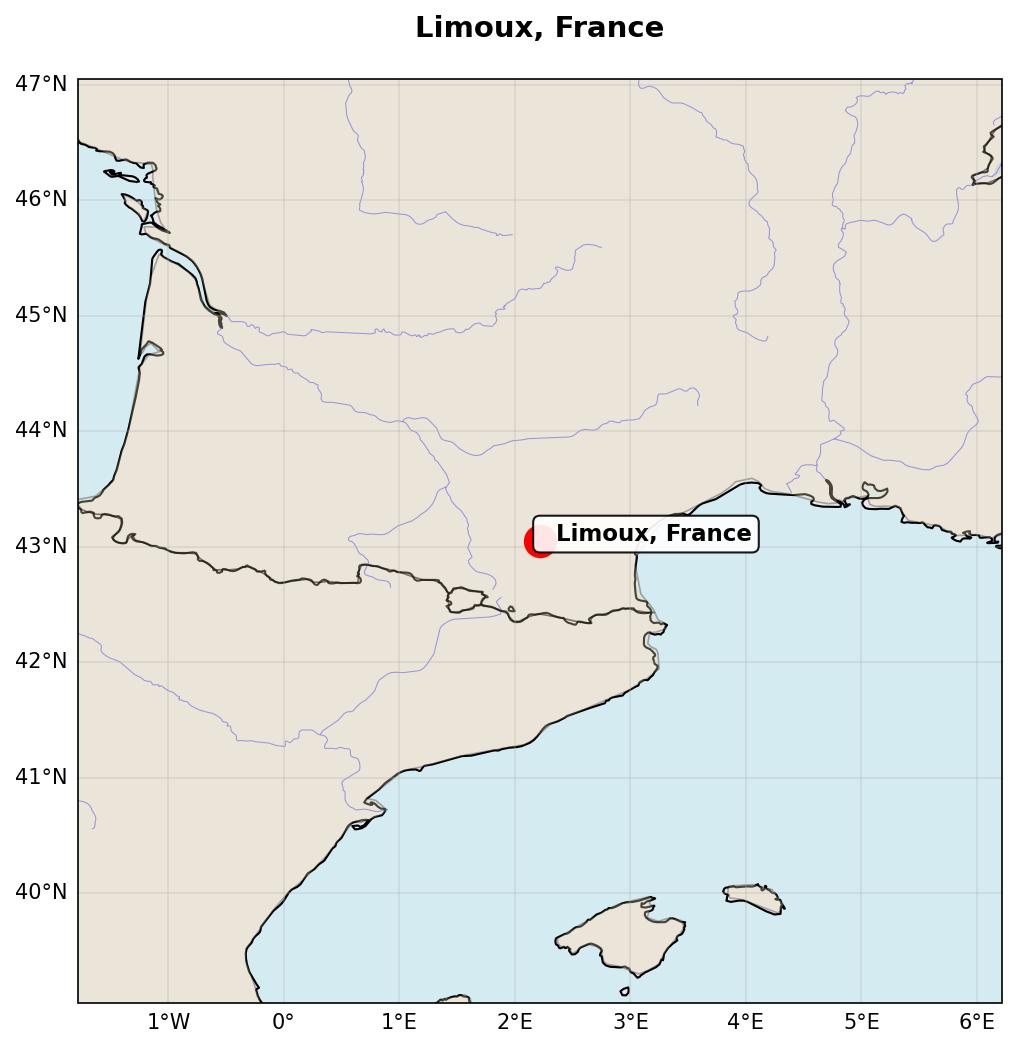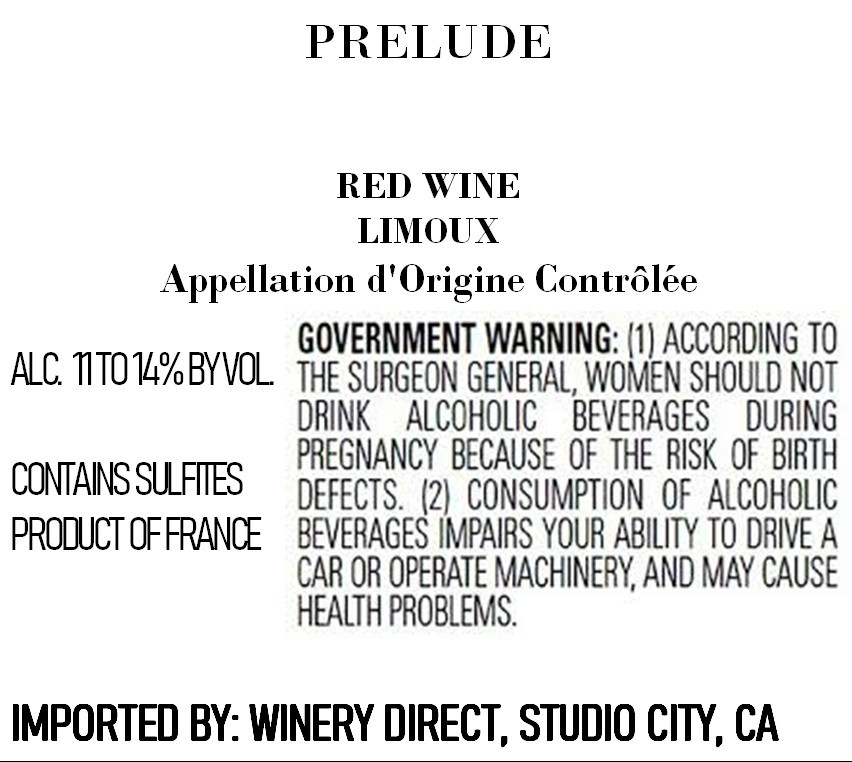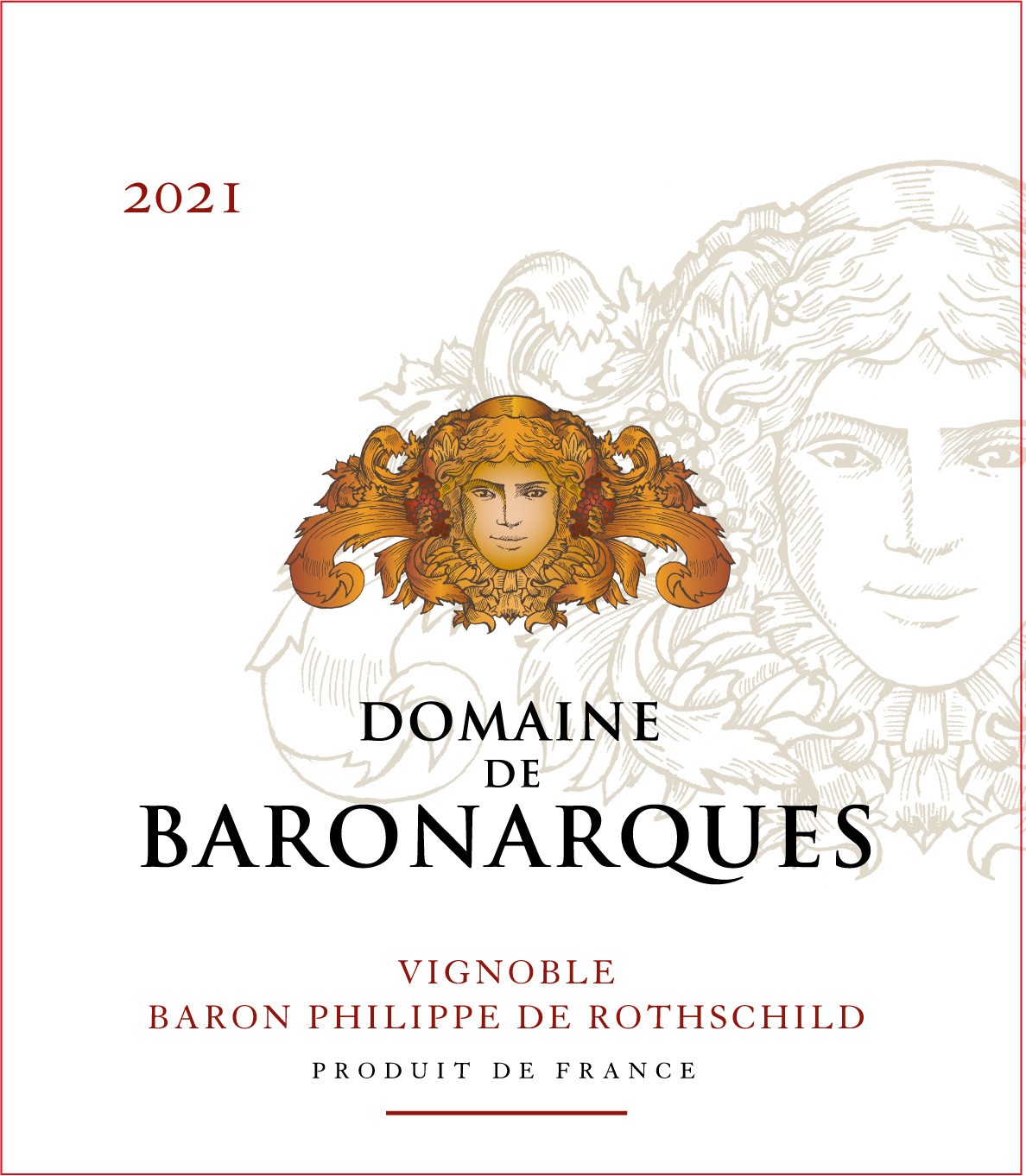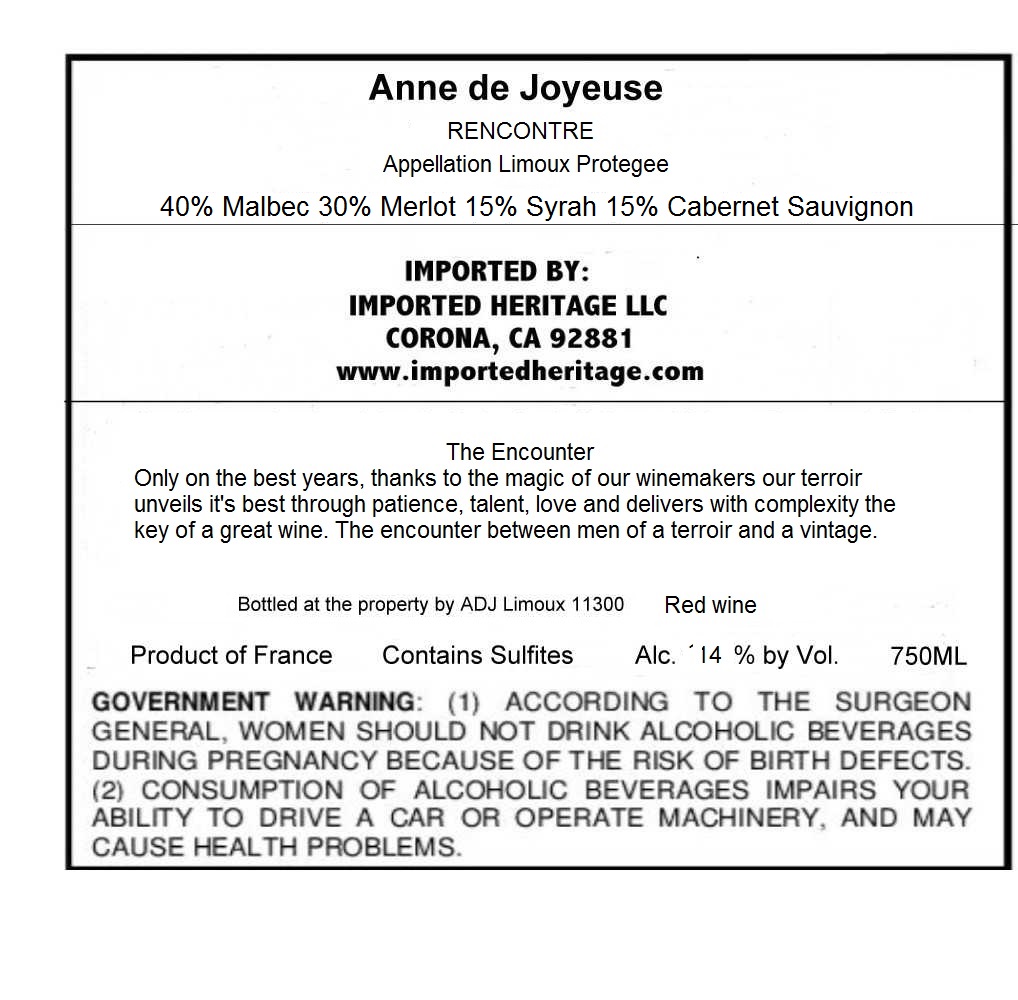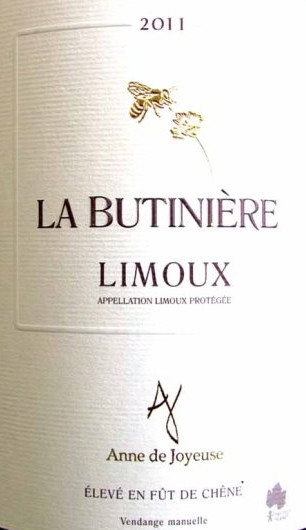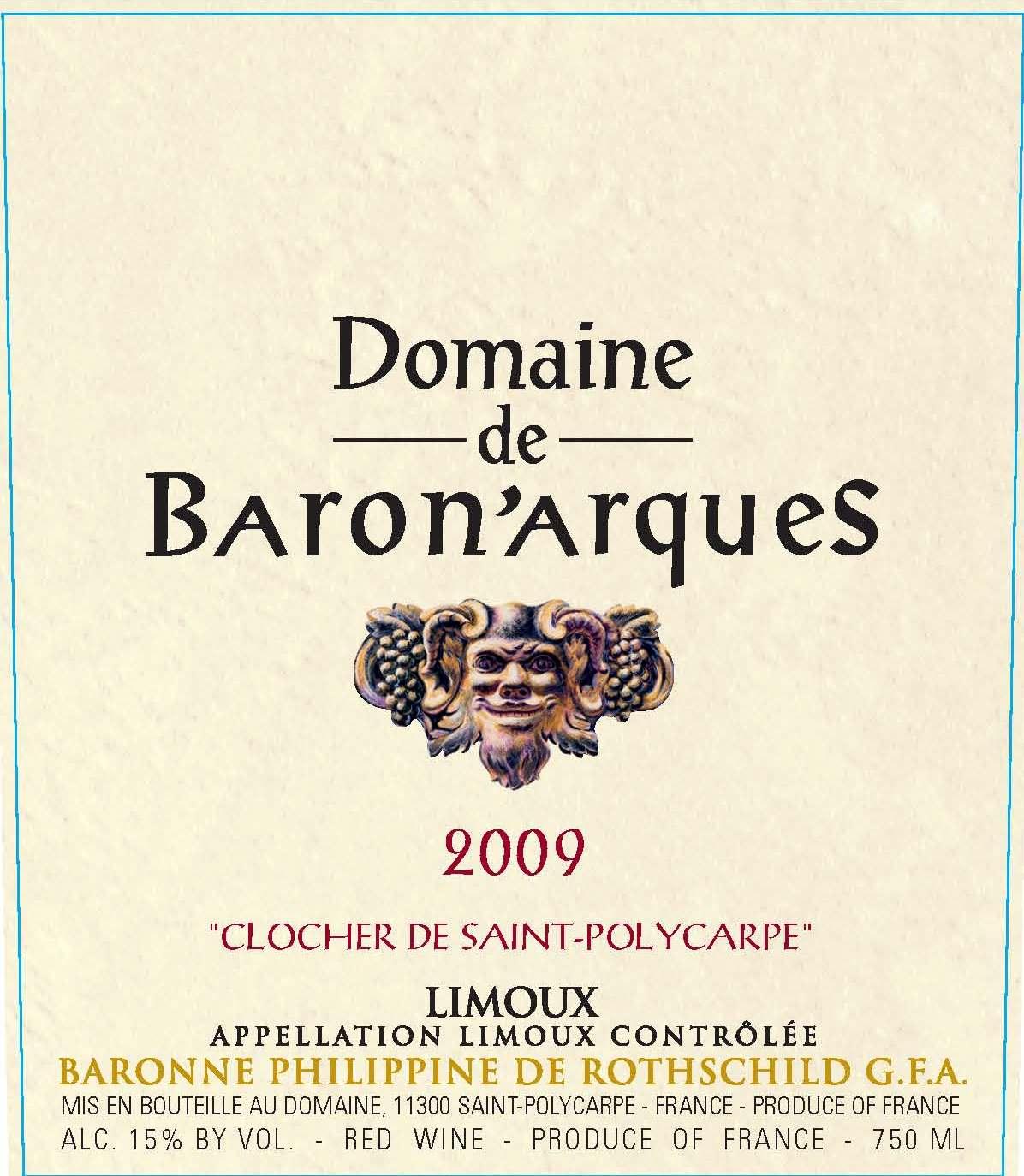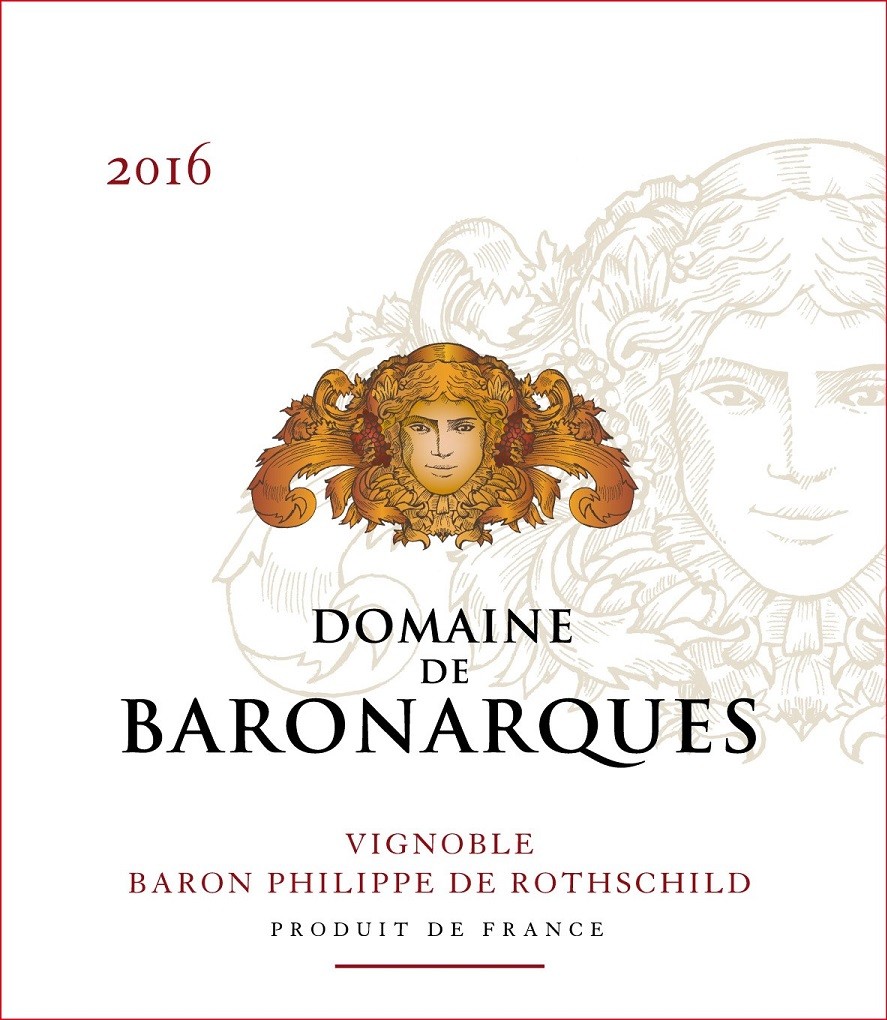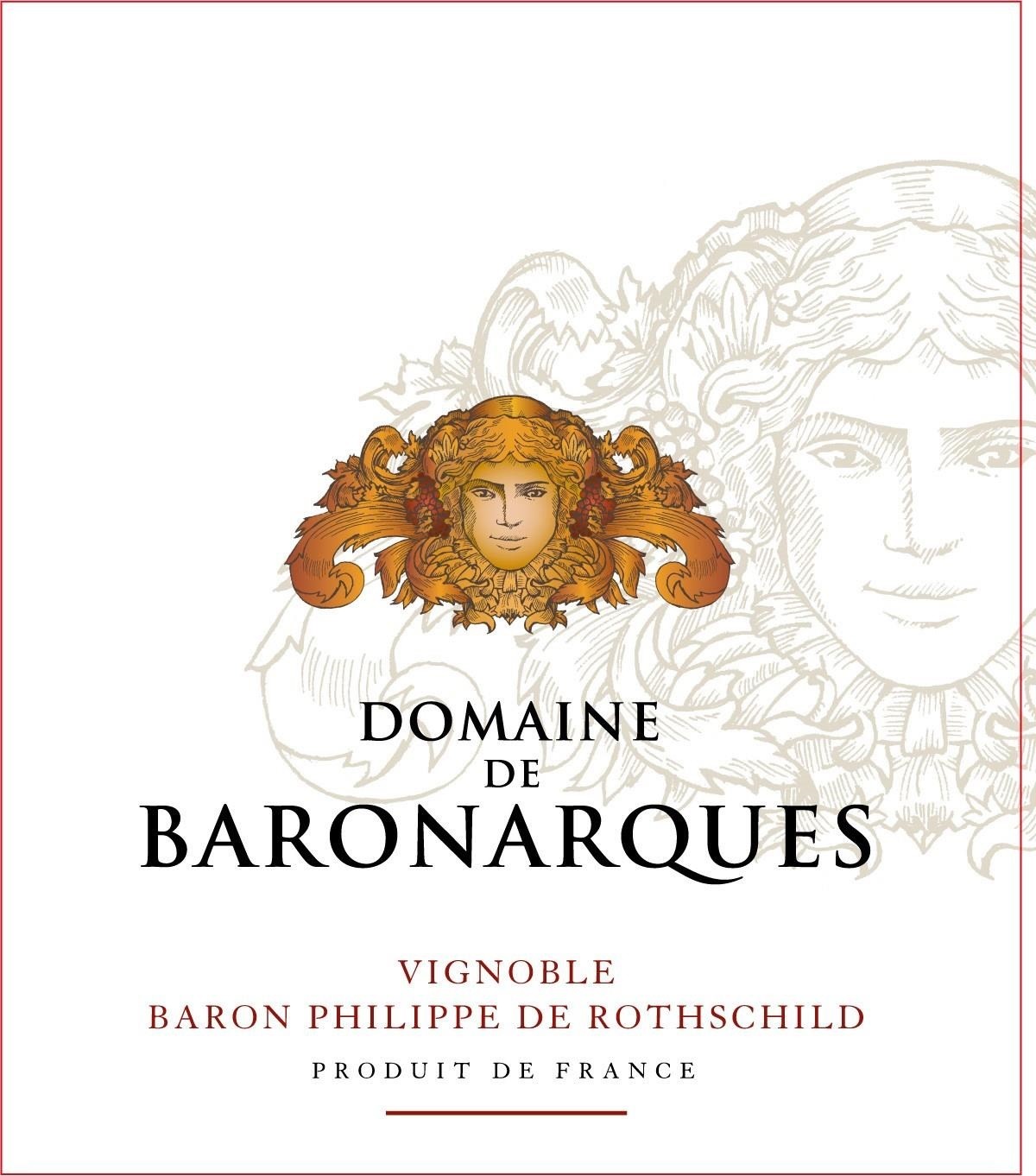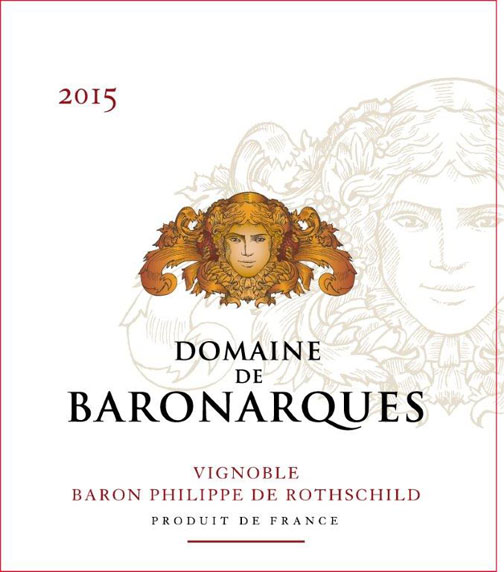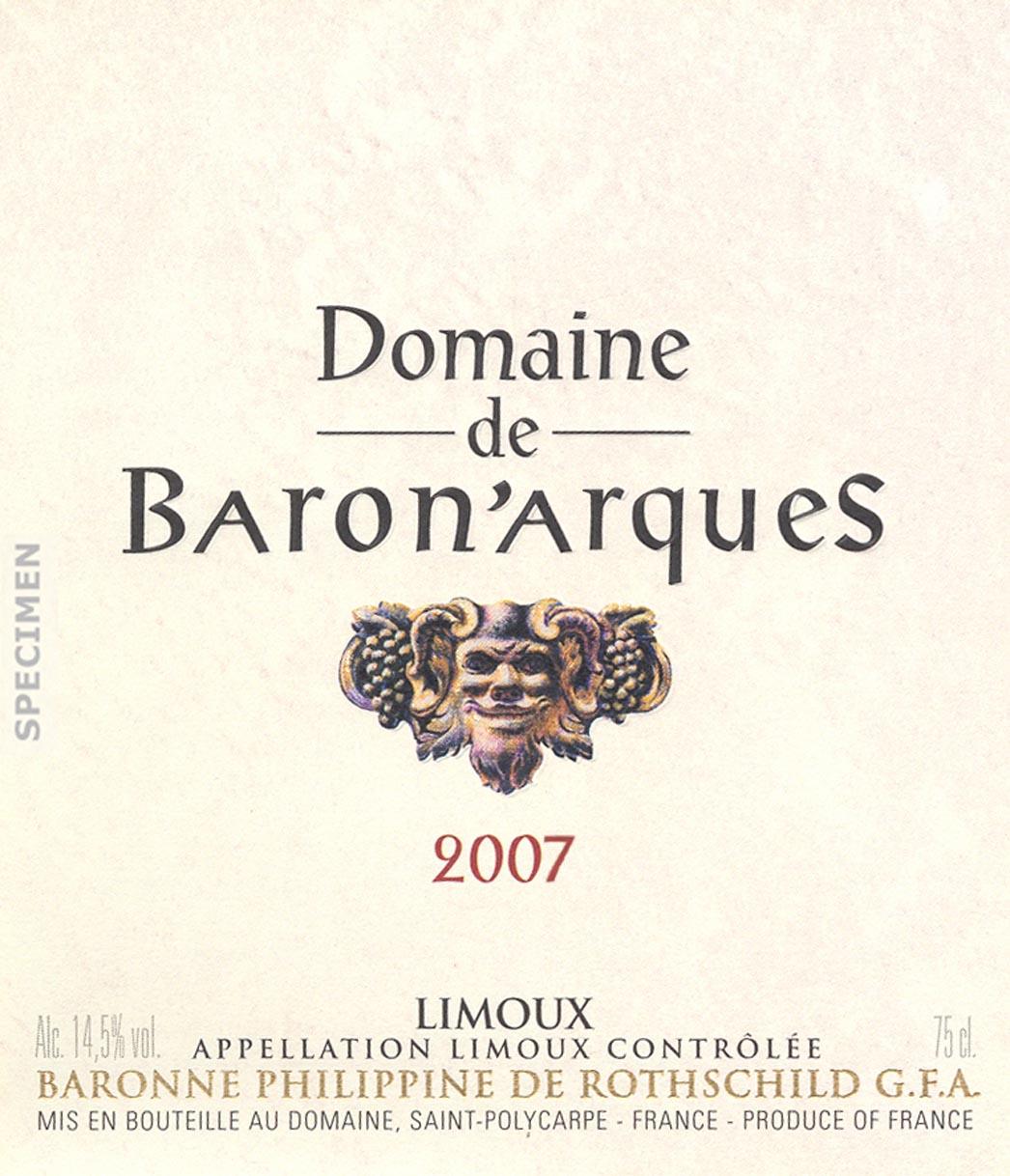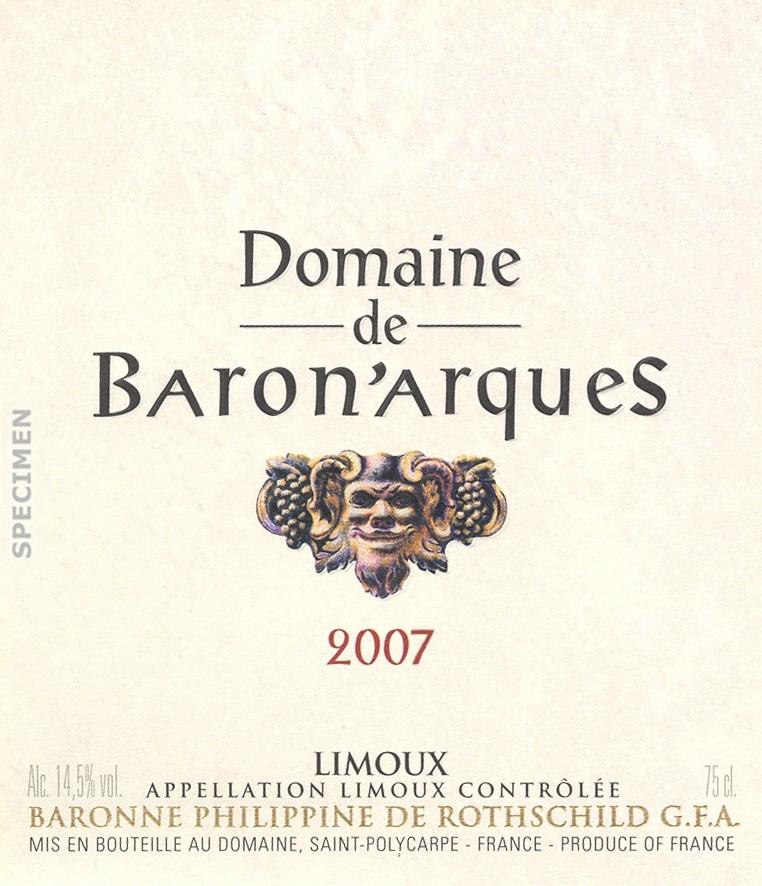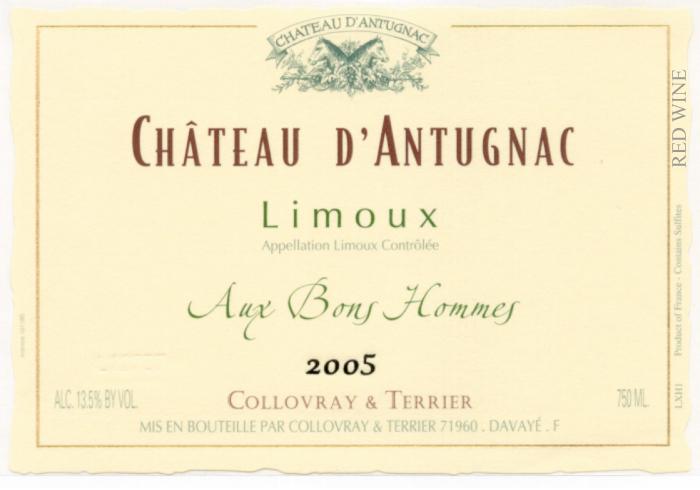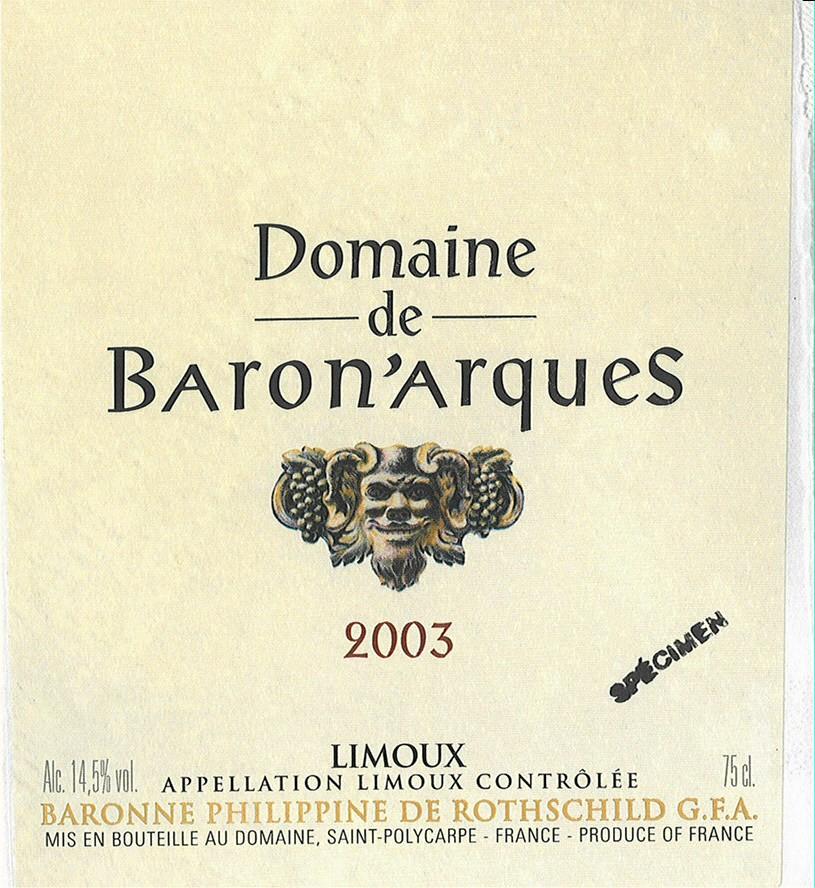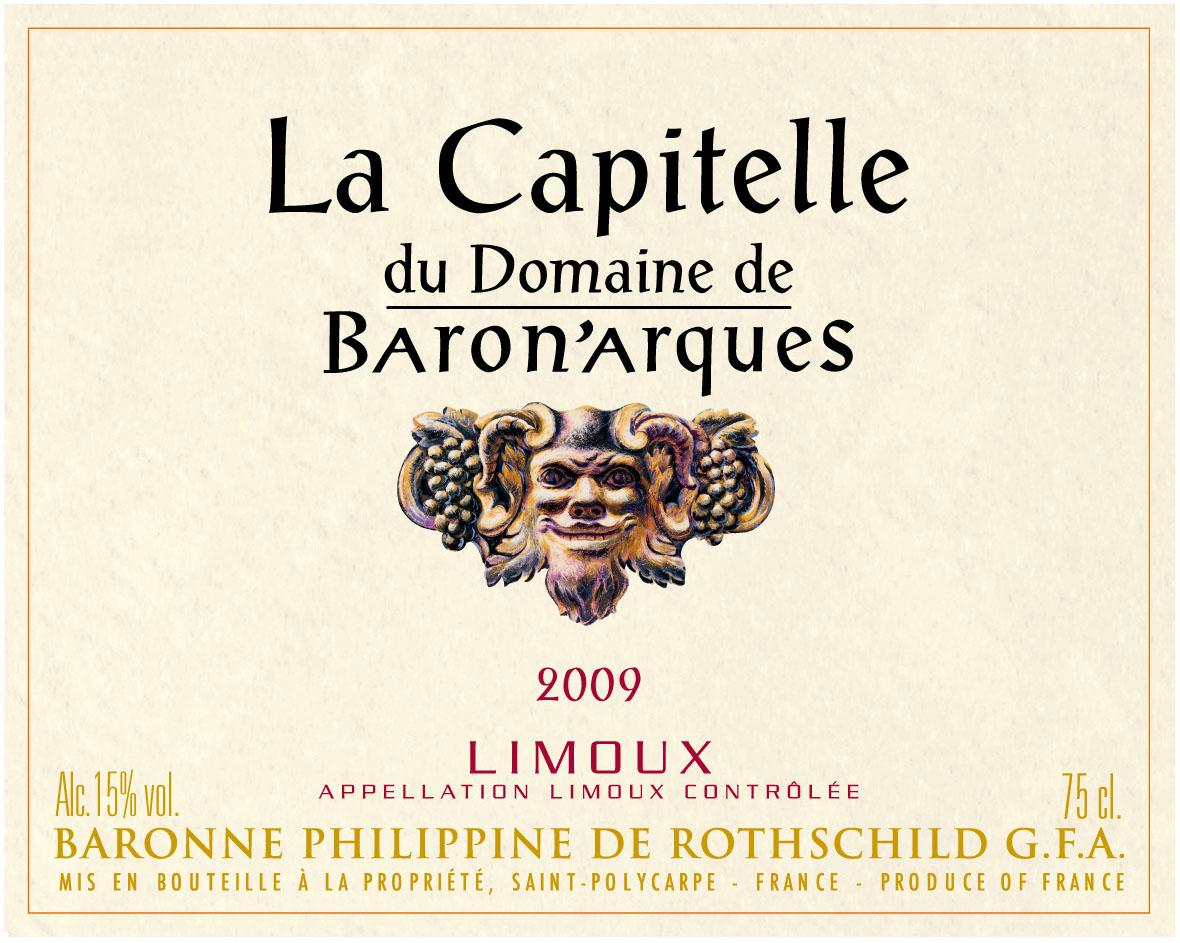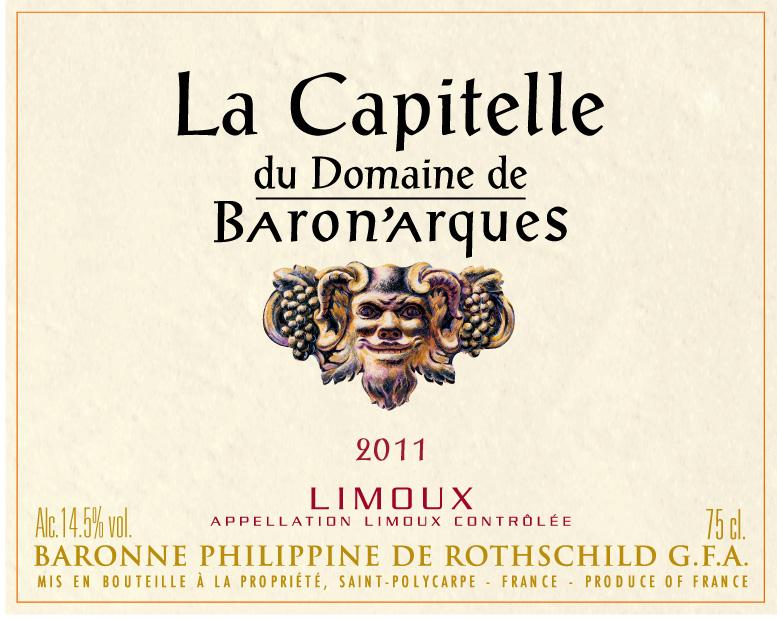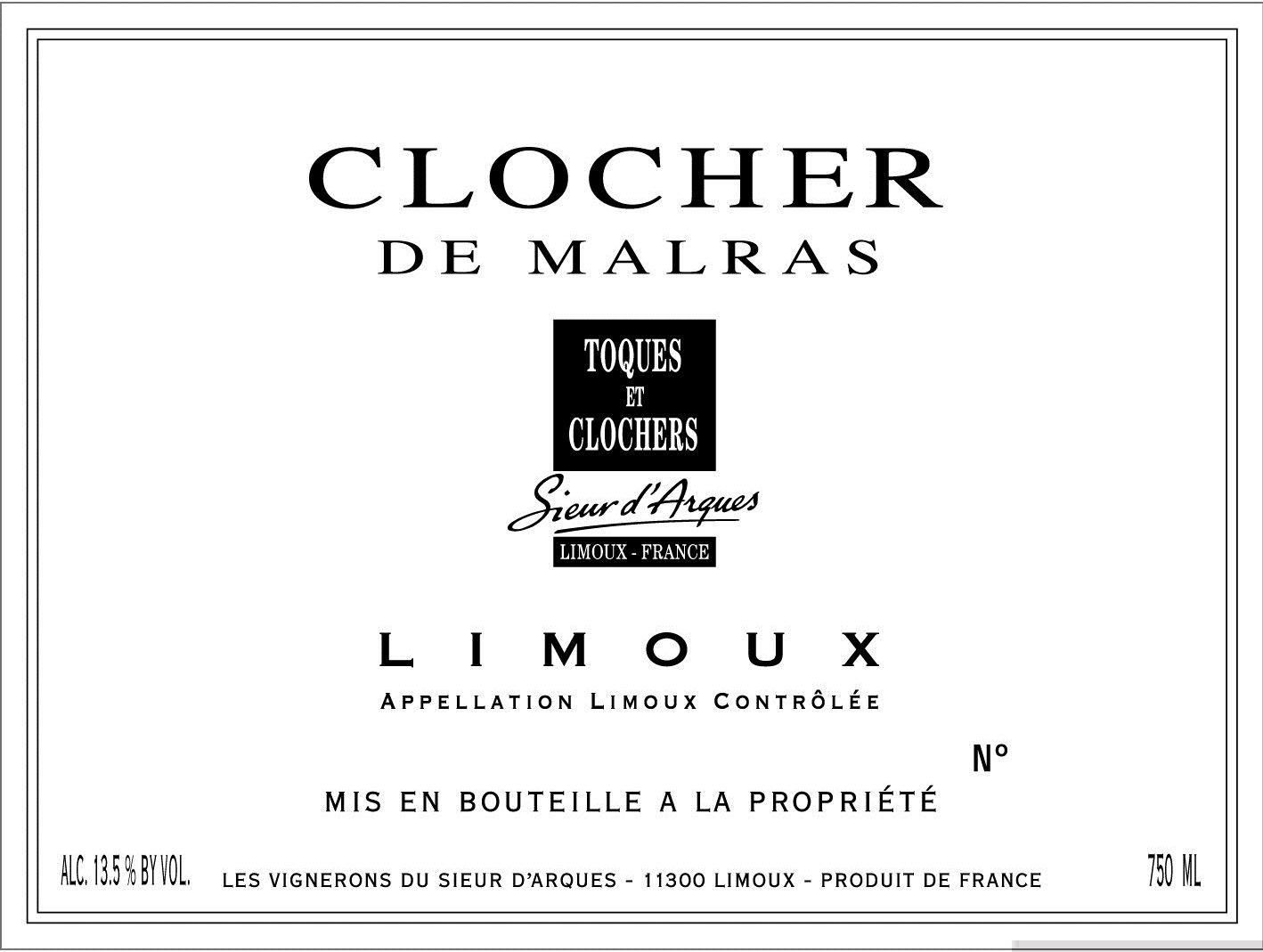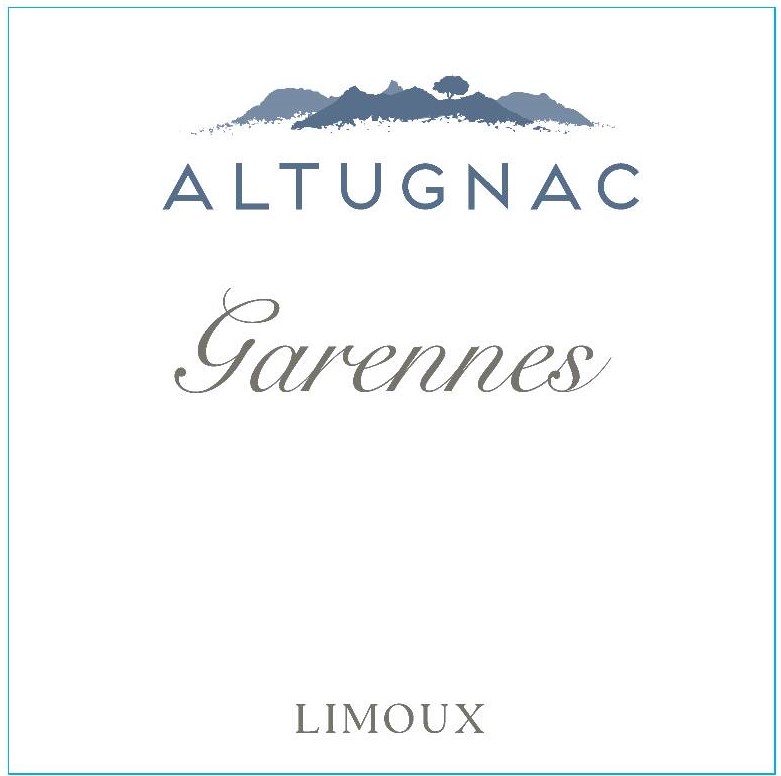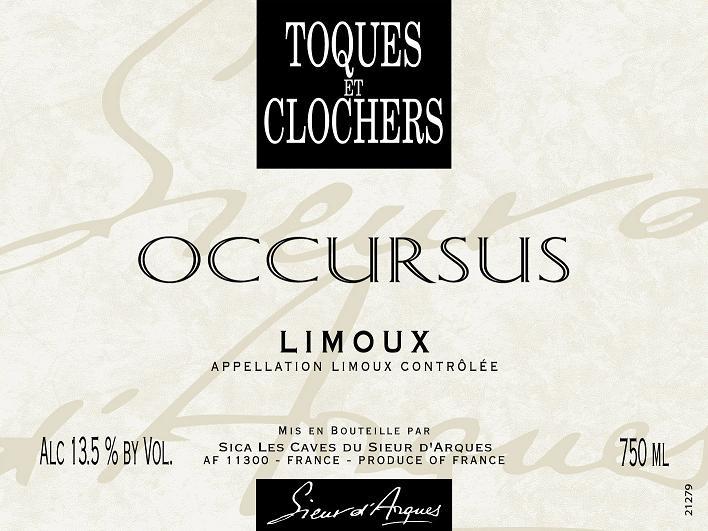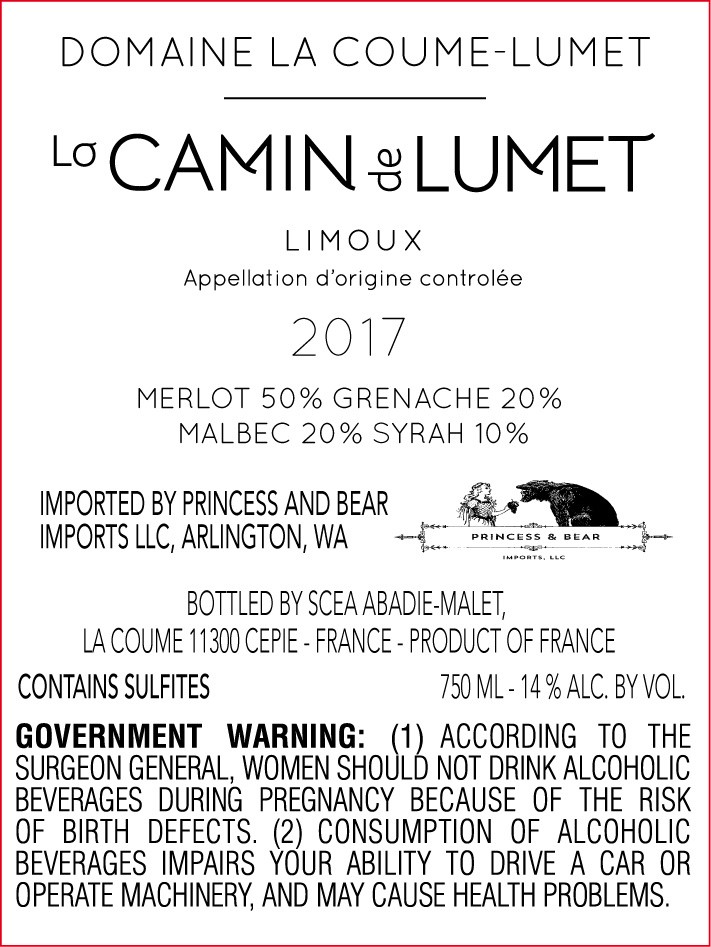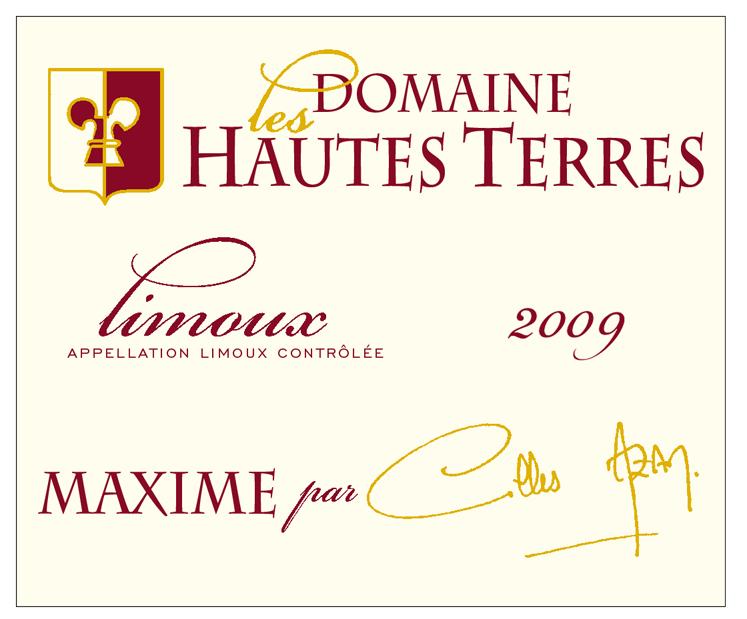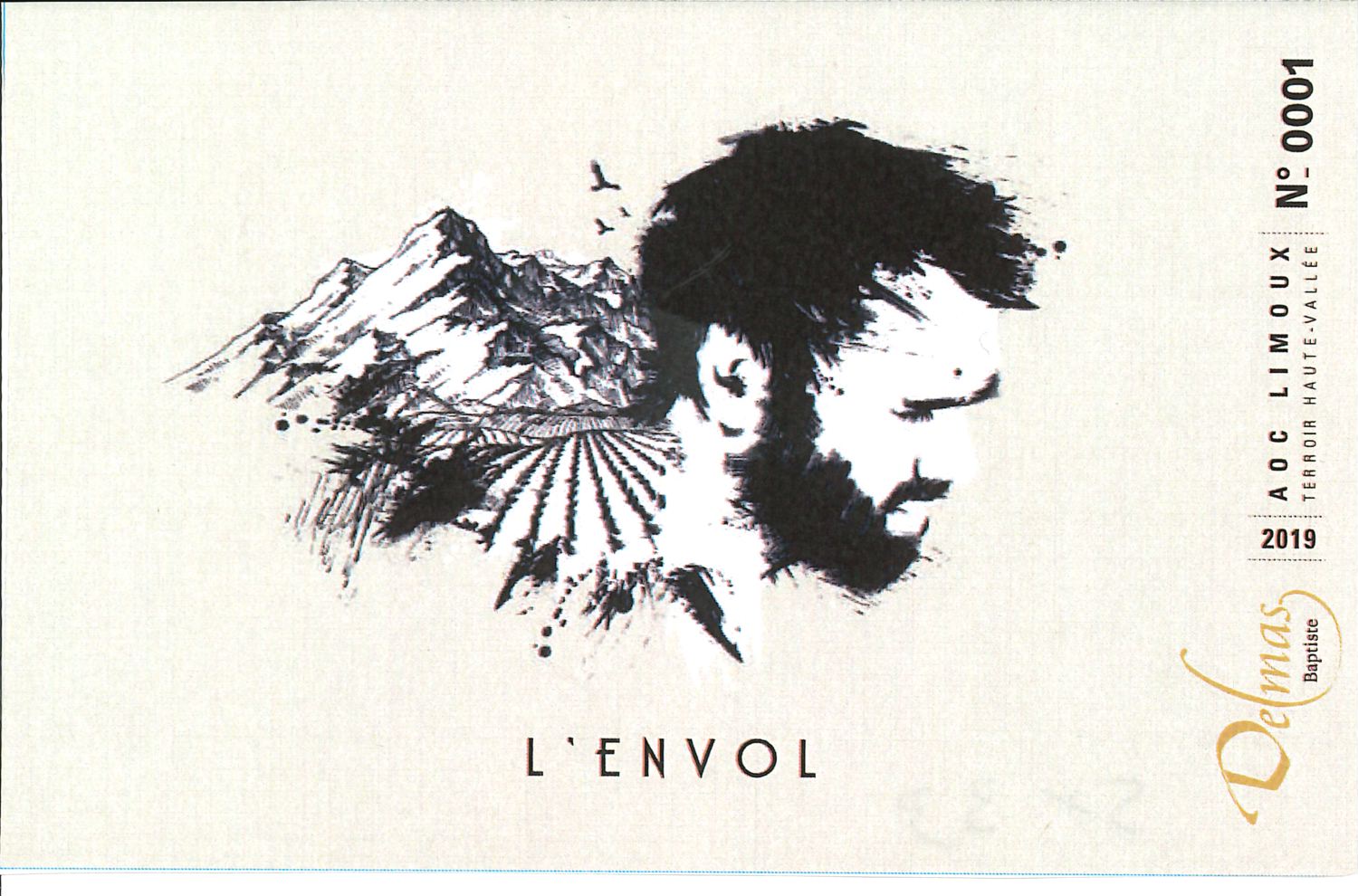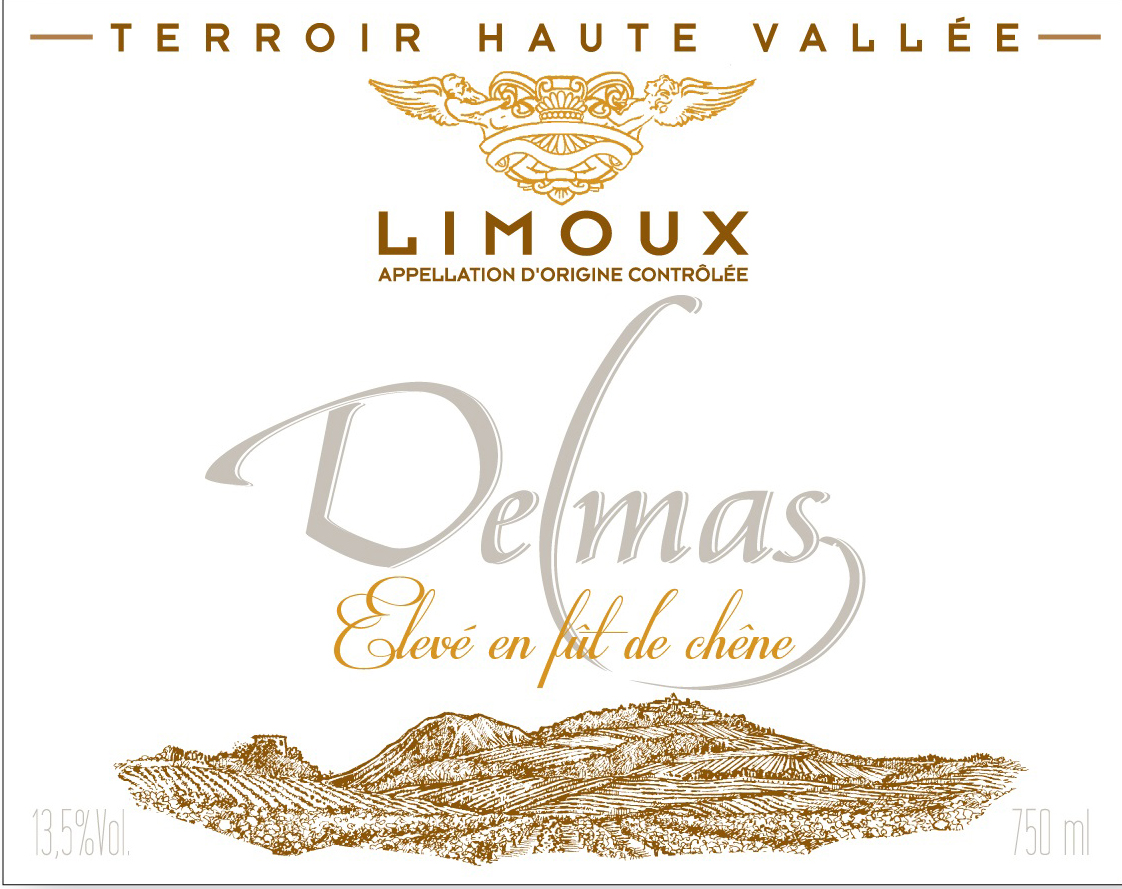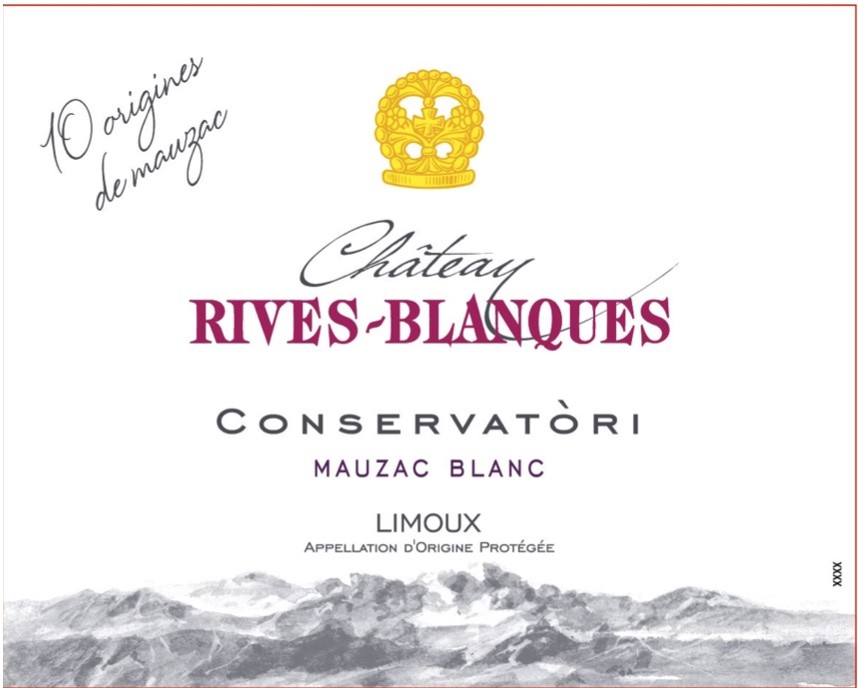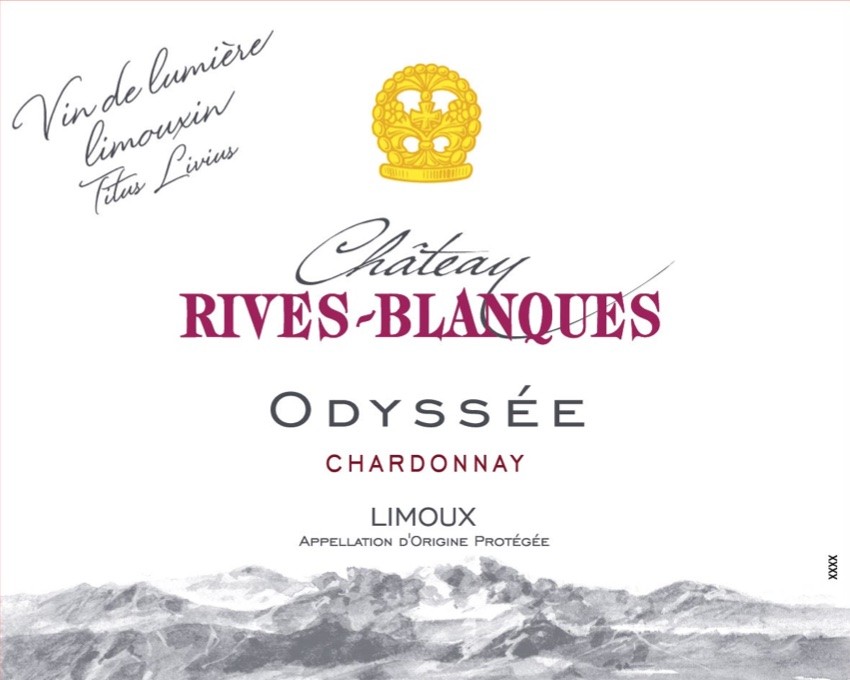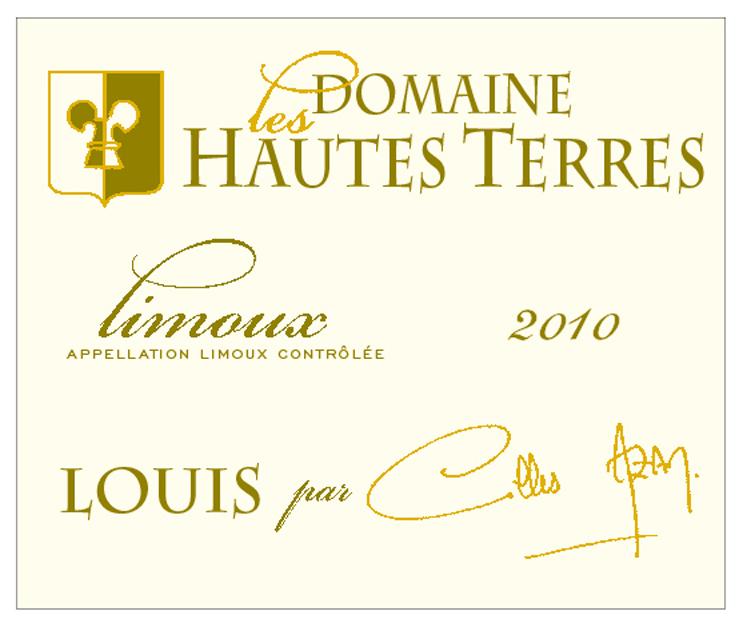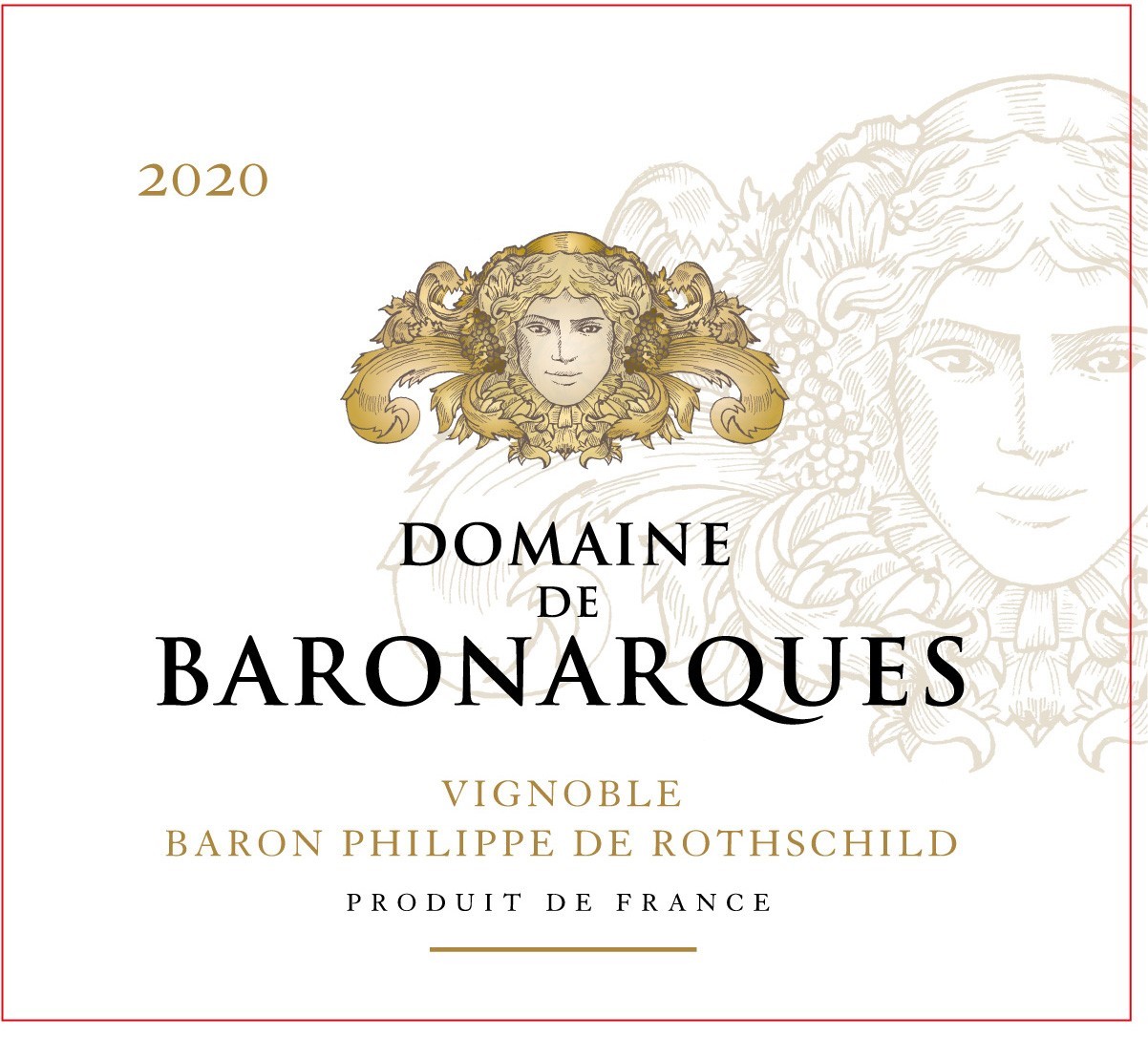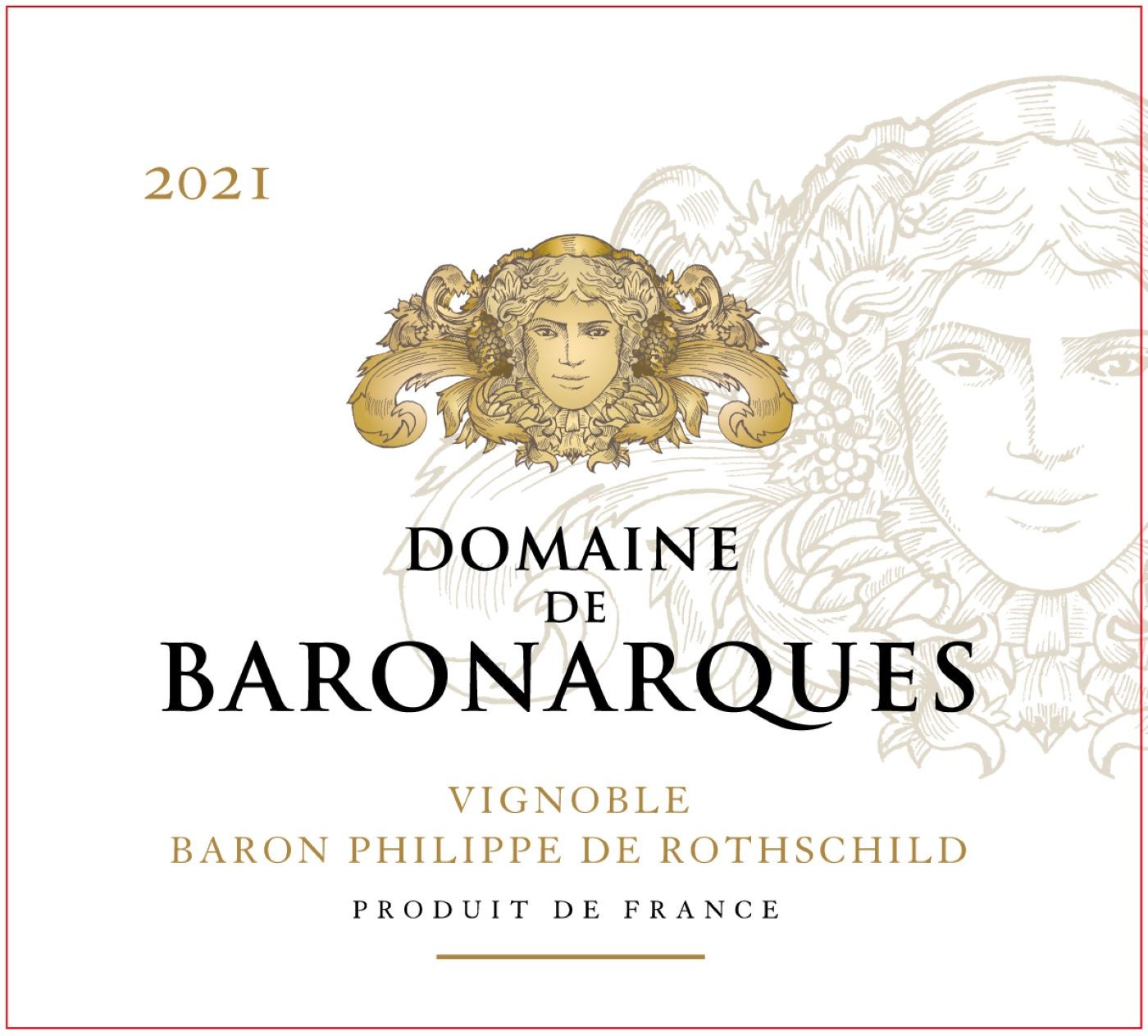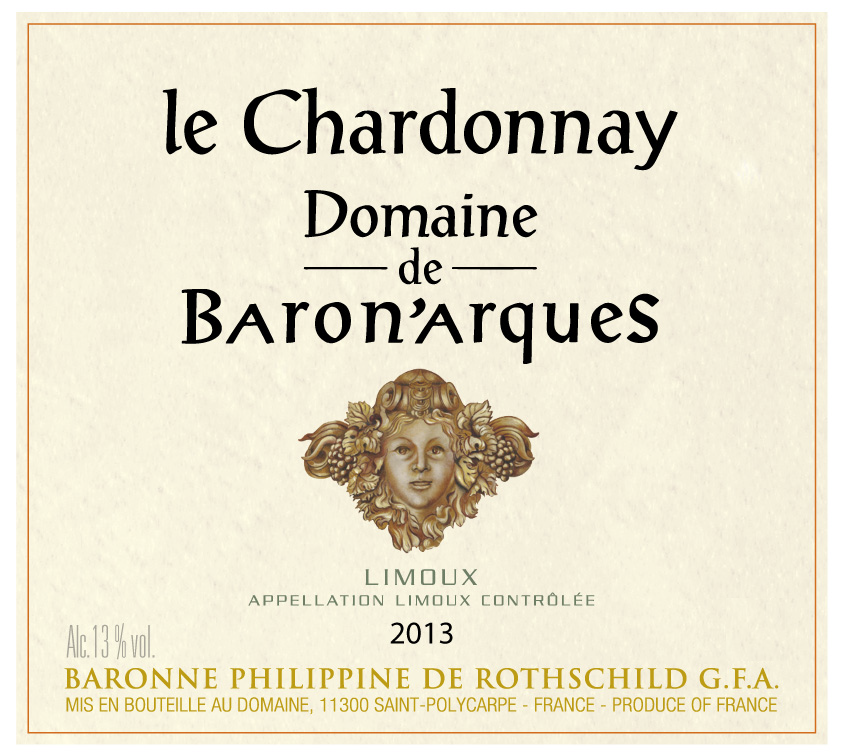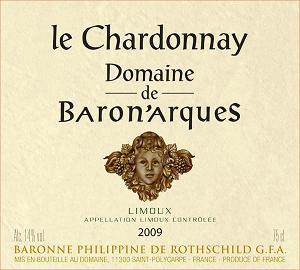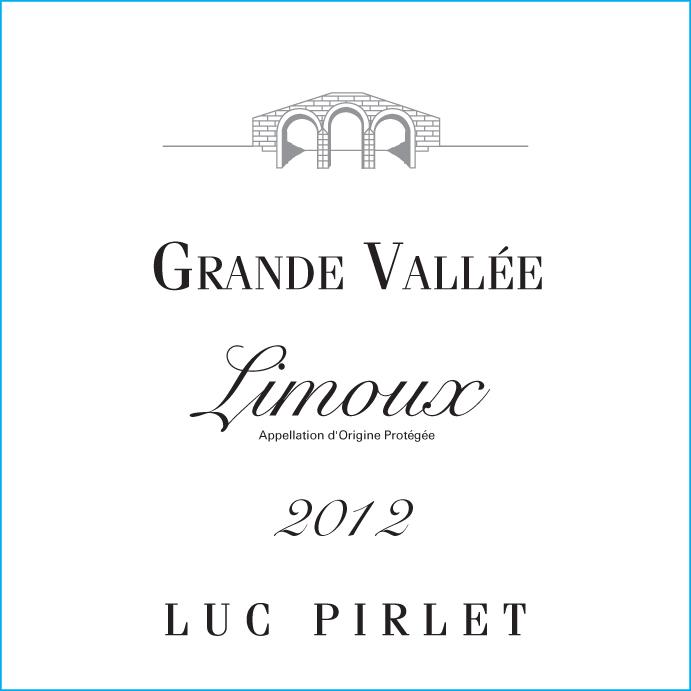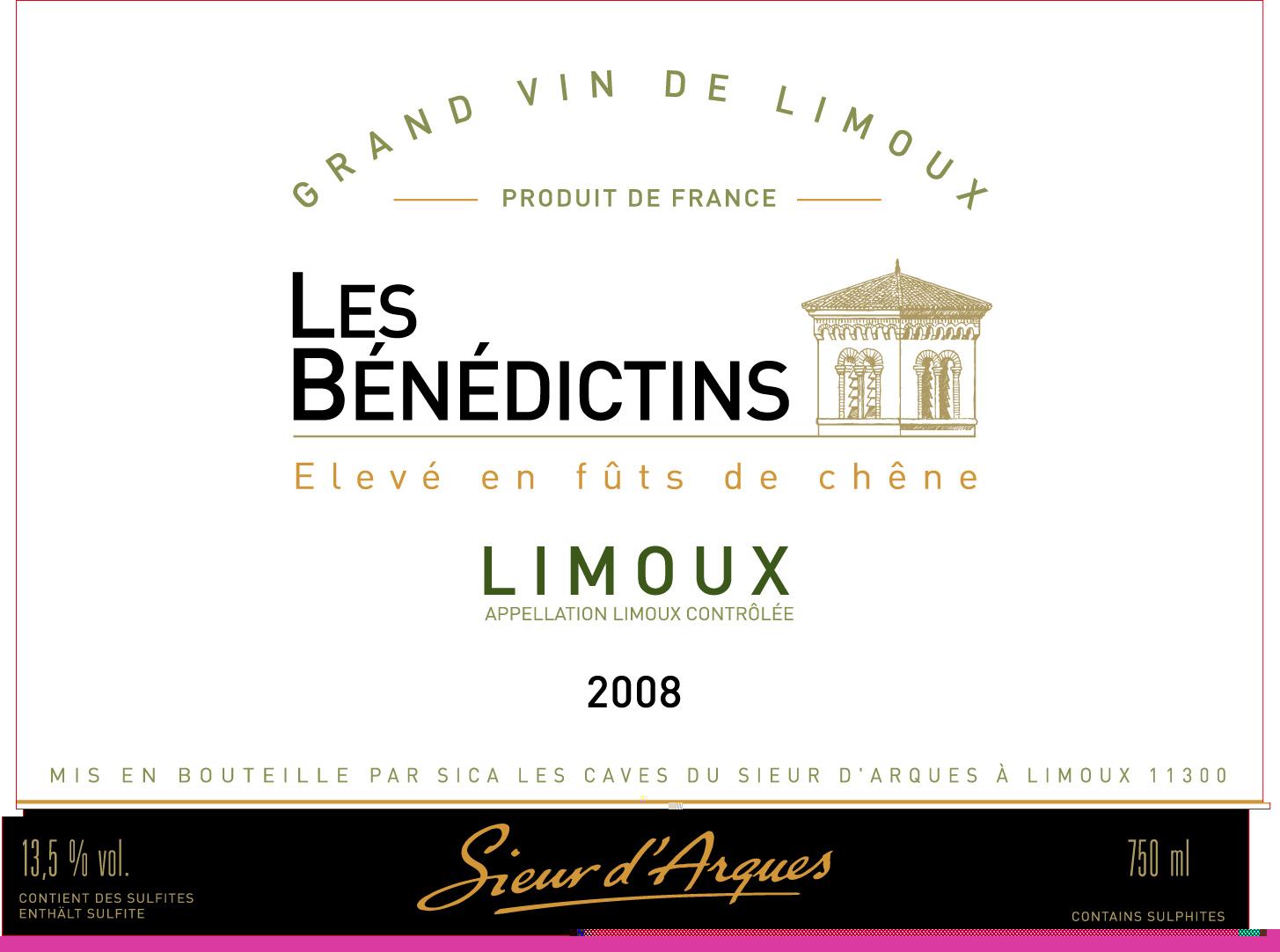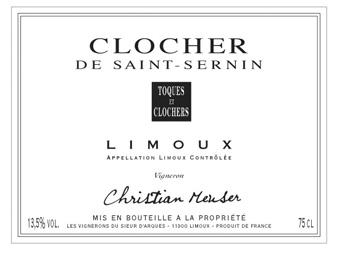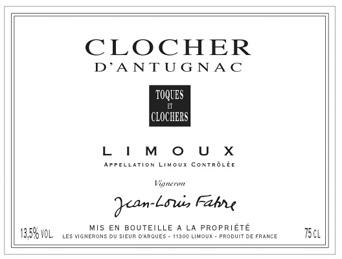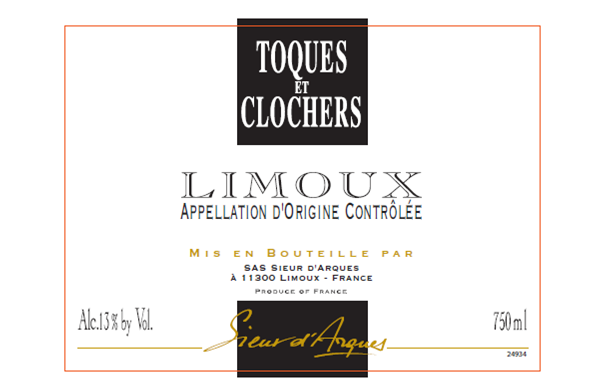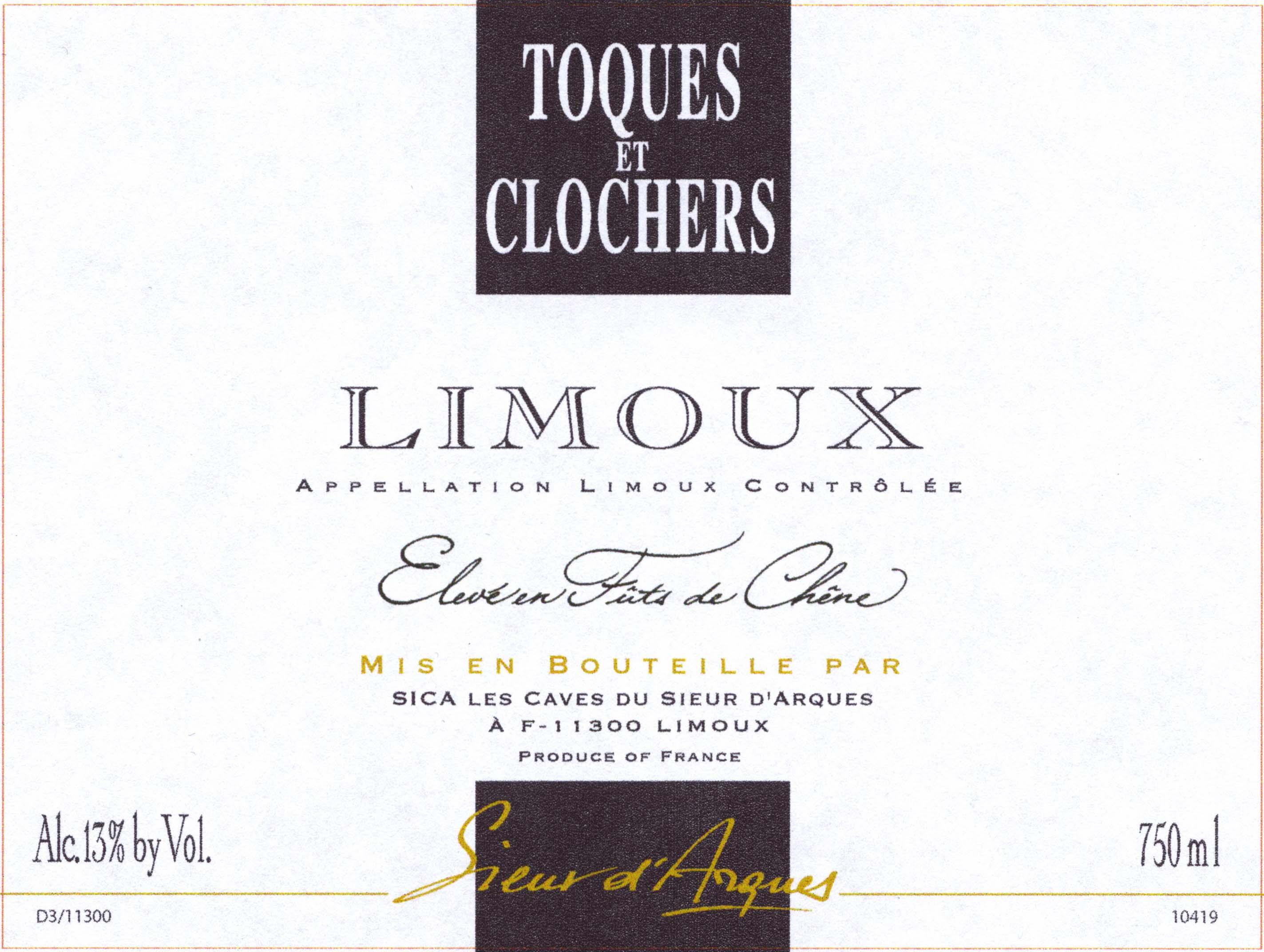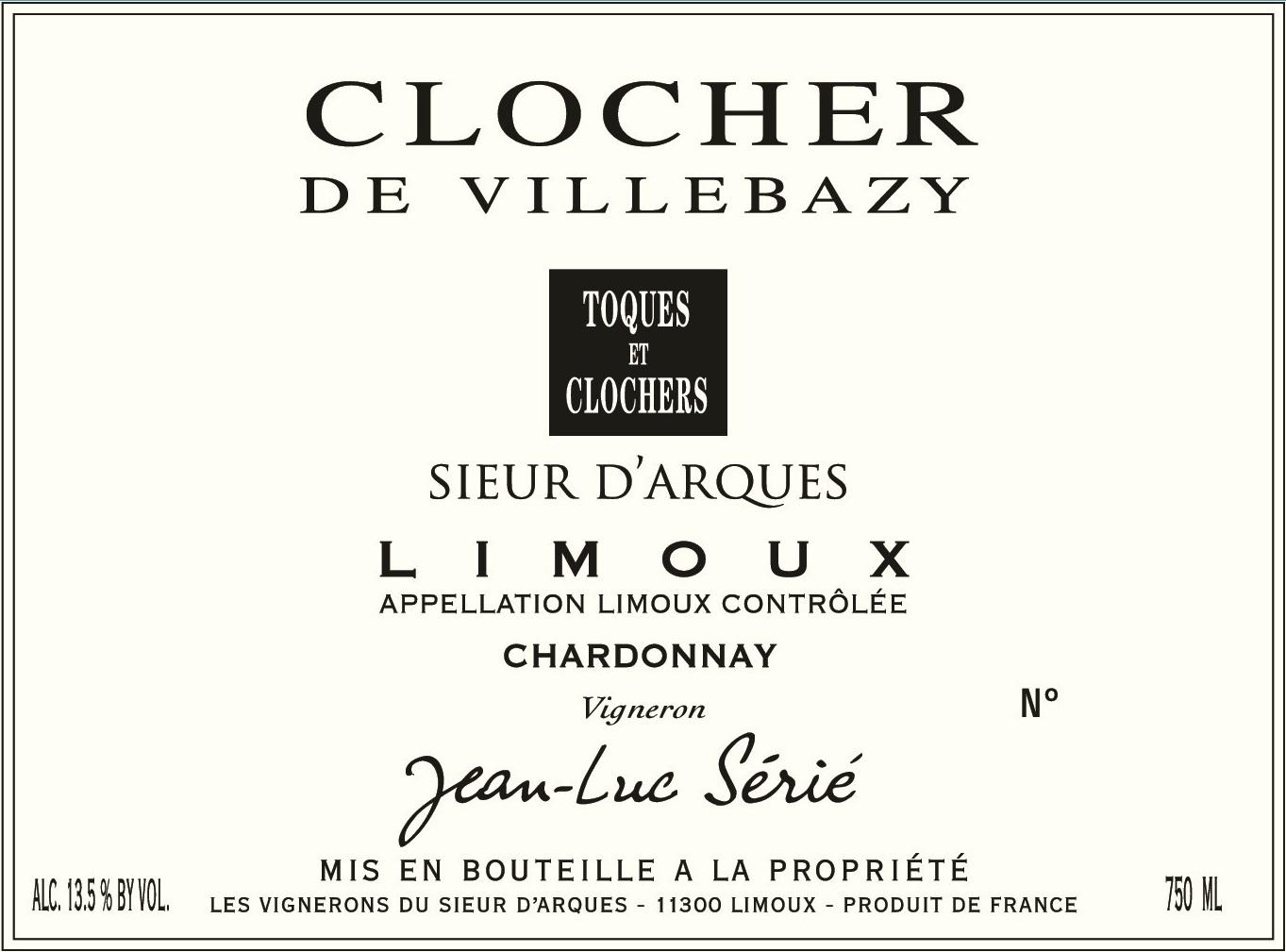Terroir of Limoux
Limoux's terroir is a blend of elevation and geology, with vineyards ranging from 100 to 450 meters on rolling hills south of Corbières. The soils, including clay-limestone and ancient river gravels, add a unique minerality to the wines. The area enjoys a mix of Atlantic and Mediterranean climates, providing warm, dry summers and cool nights that help preserve acidity. Limoux is generally cooler and wetter than coastal Languedoc, adding complexity to its wines.
The region features various microclimates, from sunny, south-facing areas to cooler, Atlantic-influenced western slopes. Higher elevations in the Haute Vallée offer a chillier climate, ideal for wines with aging potential. This diverse terroir supports a variety of grape types, from Merlot to Mauzac, resulting in wines that are vibrant and nuanced.
Notable Wineries in Limoux
Limoux, a hidden gem in France's Languedoc region, is renowned for its sparkling wines and diverse viticulture. Here are some notable wineries you might want to explore:
-
The Local Cooperative: A key player in the region, partnering with small farmers to produce exceptional Blanquette and Crémant. They offer engaging tours and tastings.
-
Private Estates: These estates specialize in traditional-method sparkling wines, crafted from high-altitude vineyards, along with exquisite still whites made from Chardonnay and Chenin.
-
Diverse Domaines: Known for reds featuring Merlot, with additions of Cabernet and Rhône grapes, these domaines provide intimate cellar tours and curated tastings by appointment.
These producers celebrate Limoux's unique high-altitude terroir, offering vibrant wines that reflect the region's rich history and diverse climates.
Sustainable Winemaking in Limoux
Limoux, a charming region in southern France, is gaining recognition for its commitment to sustainability in winemaking. Embracing organic and biodynamic farming practices, many vineyards focus on reducing synthetic inputs and using natural cover crops. This eco-friendly approach is complemented by thoughtful pest and water management, aided by Limoux's cooler, high-altitude environment, which naturally lowers disease risks and reduces the need for irrigation.
In the wineries, energy-efficient designs, such as gravity flow systems, are becoming more common, along with water recycling initiatives. Winemakers also recycle byproducts like pomace and lees and opt for lighter bottles and recycled closures. Regional producer groups actively promote sustainable viticulture, aligning the modest size and moderate yields of Limoux with a quality-driven and environmentally conscious wine industry.
Wine Tourism in Limoux
Wine tourism in Limoux offers a rich blend of experiences, highlighting its historical and cultural significance.
Visitors can enjoy cellar tours and tastings of Blanquette, Crémant, and still wines at local estates, often by appointment. The region's scenic vineyard trails and marked wine routes are perfect for walking or cycling, linking wine producers with nearby villages.
Limoux is also known for its vibrant festivals, like the Carnaval de Limoux, which showcases the town's lively spirit. The area's culinary offerings, such as cassoulet and duck confit, pair beautifully with local wines, enriching the tasting experience.
Additionally, historical sites like the Abbaye de Saint-Hilaire provide a glimpse into the area's sparkling wine heritage.
These attractions, combined with Limoux's commitment to sustainability, make the region a unique and rewarding destination for wine enthusiasts.


